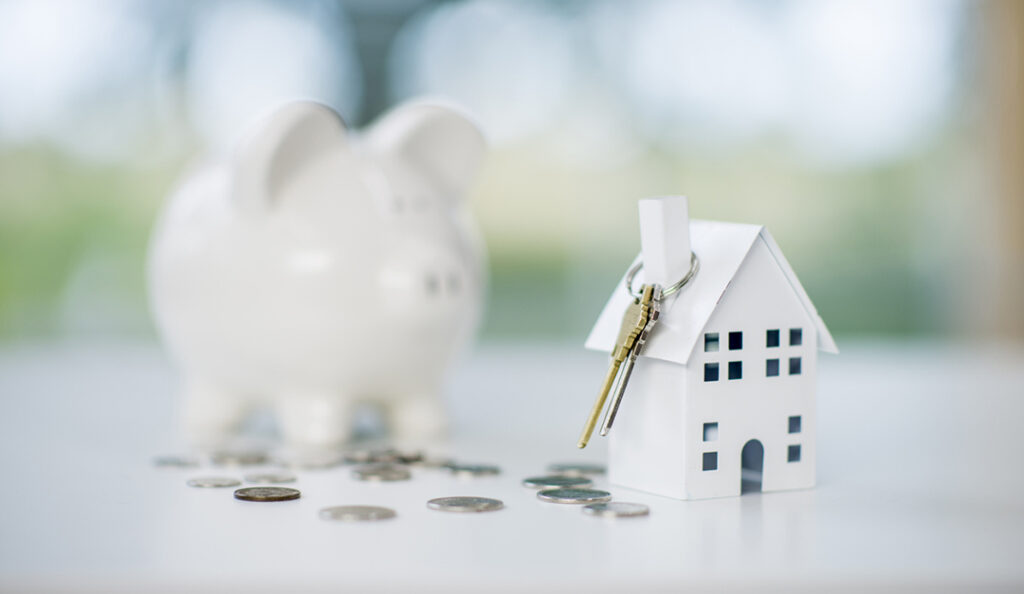Ballooning mortgage costs, driven by skyrocketing prices and interest rates, have made mortgages less affordable than at any time since at least 2007. Demand for homes has pulled back in response, easing price growth, slowing sales and boosting inventory, according to the latest market report from Zillow.

Mortgage rates shot up in early June, averaging 5.78%2 as of Thursday. A new purchase of a typical U.S. home3 at that rate would mean monthly mortgage payments of $2,127, that's 51% higher than a year ago and up 36% year to date.
"Mortgage rates took an unprecedented leap skyward over the past two weeks and quickly multiplied housing costs as they rose," said Zillow economist Nicole Bachaud. "We are already seeing signs of waning demand, and expect these recent rate hikes to quicken the market's needed rebalancing. While shoppers will likely experience less competition for homes than the frenzied recent months, their purchasing power has dwindled."
Incomes are lagging further behind fast-rising mortgage costs, leading to the most significant affordability challenges in the past 15 years. The latest data available from April shows monthly payments taking about 28% of homeowners' monthly income — dangerously close to the 30% threshold, beyond which is considered a cost burden. With rates now far above April's average, that share is at or very near 30% already. Zillow data for this metric is available through 2007; the Atlanta Federal Reserve's Home Ownership Affordability Monitor shows affordability bottoming out in July 2006.
Although rents have soared since the start of 2021, the rapidly rising cost of a mortgage still makes rent the cheaper option nearly everywhere. A typical rent payment in May is more expensive than a mortgage payment (with a 20% down payment), including taxes and insurance, in just five of the 50 largest U.S. metros. In May 2019, rent was more expensive in 28 of those metros.
After annual price appreciation set new record highs for 13 straight months, home values finally turned the corner in May to show a slightly slower pace of annual growth: 20.7%, down from 20.9% in April.
"Arriving in the middle of the spring selling season, this deceleration is a clear signal that buyers are dialing back their demand for homes in the face of daunting affordability challenges," said Jeff Tucker, senior economist at Zillow.